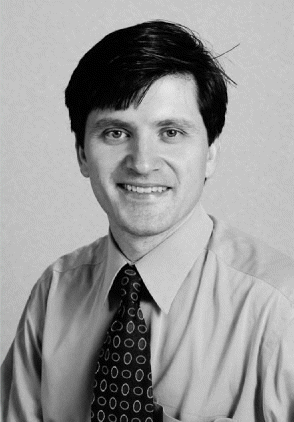Narcolepsy can develop in patients as young as two years old. The peak incidence is in the second decade of life, with a second peak in people 35 to 45 years old and in women near menopause.
Explore This Issue
February 2009A diagnosis of narcolepsy can be made if the patient has a history of excessive daytime somnolence (EDS) that has lasted for longer than three months and has a multiple sleep latency test (MSLT) of eight minutes or less. A polysomnogram can be used to further confirm the diagnosis.
Treatment is typically both behavioral and medical. Patients with narcolepsy should, for example, avoid jobs that involve constant attention, such as driving, for the purpose of safety. Patients can often get relief with short naps in the daytime, typically 15 minutes in duration.
Medications for narcolepsy target EDS and include central nervous system stimulants such as amphetamines, methylphenidate, and, more recently, modafinil (Provigil).
Cataplexy has been treated by antidepressants. A newer medication targeting cataplexy is gamma-hydroxybutyrate, a naturally occurring metabolite of gamma-aminobutyric acid that has a low profile of adverse effects. Gamma-hydroxybutyrate can treat cataplexy and EDS, Dr. D’Agostino said.
 Patients with RLS will frequently complain of sleep-onset insomnia or difficulty in falling back to sleep after waking up. I routinely ask patients if they have problems with an uncomfortable feeling in the leg. That question will usually identify patients who have RLS.
Patients with RLS will frequently complain of sleep-onset insomnia or difficulty in falling back to sleep after waking up. I routinely ask patients if they have problems with an uncomfortable feeling in the leg. That question will usually identify patients who have RLS.
-Kevin McLaughlin, MD
One of the important issues otolaryngologists need to know about narcolepsy and cataplexy is the high incidence of hypnopompic and hypnagogic hallucinations, Dr. D’Agostino said. Hypnagogic hallucinations occur with the onset of sleep and hypnopompic hallucinations occur upon awakening. When a patient with cataplexy also has such hallucinations, it can be very frightening, because they typically will reach wakefulness and some hallucinations while also experiencing sleep paralysis.
RLS Can Worsen Insomnia in Patients with OSAS
RLS is a common disorder that can wreak havoc on sleep, according to panelist Kevin McLaughlin, MD, Assistant Professor of Rhinology, Sleep, and Sinus Surgery at Louisiana State University in New Orleans. RLS is characterized by an unpleasant desire to move the legs, typically while sedentary and most intensely at night. Most patients also have periodic limb movements of sleep disorder (PLMSD), which consists of a higher rate of PLMS than occurs in healthy patients; PLMSD therefore often disrupts the bed partner’s sleep as well.
Otolaryngologists should find RLS of interest because it is highly prevalent in the population and therefore often seen in patients with sleep-disordered breathing, Dr. McLaughlin said. The incidence of RLS approaches 7 percent; therefore, it is reasonable to assume that we will see it in patients with obstructive sleep apnea.
Leave a Reply